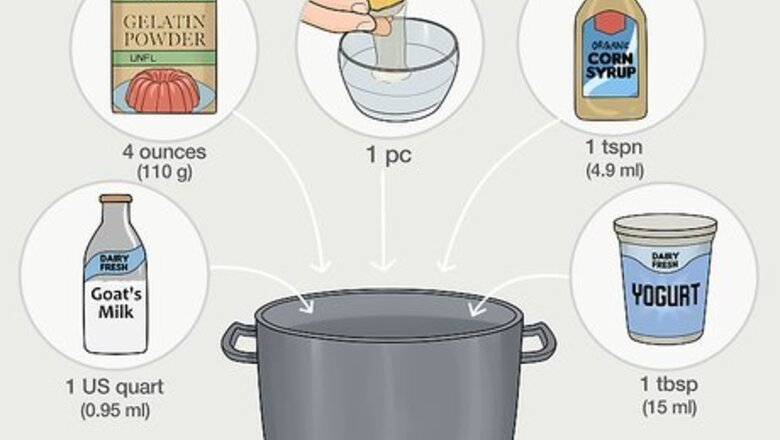
views
X
Research source
If you want to make a quick and easy formula, you can use evaporated milk and an egg yolk. For something more nutritious, you can use a mixture of goat milk, yogurt, and gelatin. After mixing the emergency food, give it to the kitten with a bottle or syringe to keep it healthy!
Making Goat Milk Formula
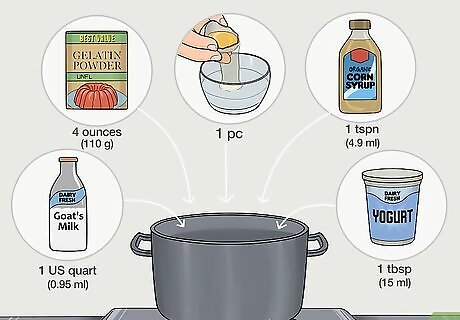
Mix goat milk, yogurt, egg yolk, gelatin, and corn syrup for a nutritious alternative. Pour 1 US quart (0.95 L) of whole goat’s milk into a saucepan and turn it onto medium-low heat. Add 4 ounces (110 g) of unflavored gelatin powder to the milk and stir it continuously with a whisk until it dissolves. Remove the pan from heat before mixing in 1 egg yolk, 1 teaspoon (4.9 ml) of corn syrup, and 1 tablespoon (15 ml) of plain yogurt. If the kitten is 2 or 3 weeks old, use 8–12 ounces (230–340 g) of gelatin instead. Use yogurt made with goat’s milk if possible to add more nutrients.Warning: Don’t use cow’s milk or powdered baby formula since it doesn’t contain the nutrients kittens need to grow.
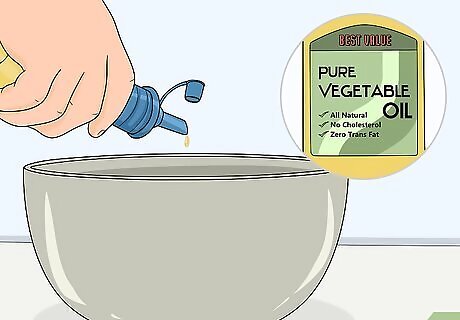
Add a drop of vegetable oil to the formula if the kitten has constipation. Kittens can get constipated if they’re over- or under-fed, which can be dangerous for their health. Place 1 drop of vegetable oil into the formula and thoroughly combine it with the formula. Continue adding vegetable oil to the formula until the kitten's constipation goes away. Avoid using more than 1 drop of vegetable oil per day since it can give the kitten diarrhea, which can lead to dehydration.
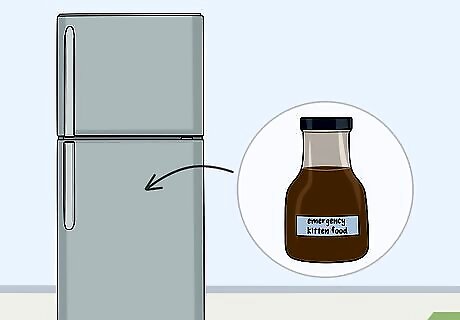
Store the formula in an airtight jar in the fridge. Pour the formula into a jar or bottle and seal it tightly. Label the container with the date and time you made the formula so you don’t forget when you made it. Place the formula in the fridge until you're ready to feed the kitten. The simple formula keeps for up to 24 hours. Formula made with goat's milk can last up to 1 week in the fridge. Never leave formula at room temperature after mixing it.
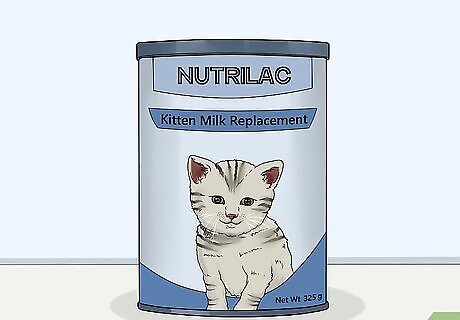
Switch to store-bought milk replacement as soon as possible. A homemade emergency formula does not contain the full nutritional requirements for a kitten, so only use it for 1–2 days. Search for a kitten milk replacement at a local pet store or veterinary office as soon as you’re able. You can get powdered milk replacement that you mix with water or buy a liquid replacement instead. Call your local veterinary office if you need recommendations on which milk replacements to use.
Feeding the Kitten
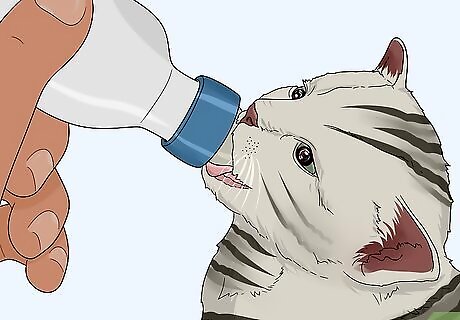
Try feeding the kitten every 2–3 hours. A young kitten needs to eat about 8 times per day, so write down what time you feed it. Plan on checking the kitten every few hours so you can try giving it the formula. Listen to the kitten to see if it’s making any noises or whining since it may be hungry. Keep the kitten in the same room with you while you’re sleeping so you can hear it if it starts whining. If it isn’t making any noise, then check on it again 2 hours later.Daily Feeding Amounts for Kittens1 week old: 2 tablespoons (30 ml)2 weeks old: 4 tablespoons (59 ml)3 weeks old: 4 tablespoons (59 ml)4 weeks old: 7 tablespoons (100 ml)
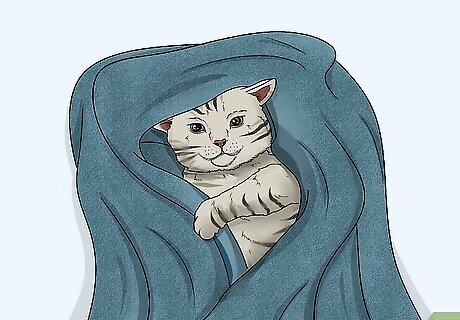
Wrap the kitten in a blanket before feeding it if it feels cold. Feel the kitten’s mouth with your finger to see if it feels cold to the touch. If it does, wrap the kitten’s body in a blanket and keep it close to your body so it warms up. Slowly rub the kitten’s body with your hands for about 20 minutes until its mouth and bottoms of its paws feel warm. Don’t feed a kitten while it’s cold since it won’t be able to digest the formula properly. Hold the kitten near your armpit since it’s one of the warmest spots on your body.
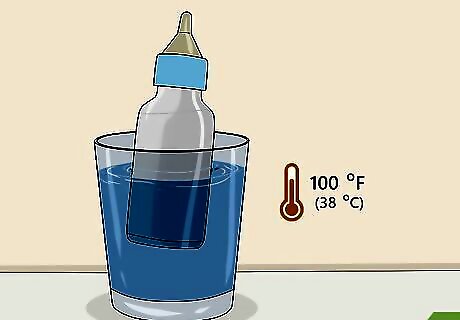
Heat a bottle of formula in hot water until it’s about 100 °F (38 °C). Fill a glass or mug with the warmest water from your sink. Put the emergency formula in a kitten nursing bottle and submerge the bottom of the bottle in the glass. Leave the formula in the water for about 5 minutes so it can warm up. Check the temperature of the formula with a thermometer to make sure it’s 100 °F (38 °C). You can buy kitten nursing bottles from a veterinary office or pet store. You may also use a feeding syringe instead of a bottle. Don’t use a microwave to heat the formula since it can heat unevenly. If you don’t have a thermometer, put a drop of formula on the back of your hand to feel the temperature. If you can leave it comfortably on your hand for 20 seconds, then it’s a perfect temperature for the kitten. If it feels too warm, let it cool down for 5 minutes before checking it again.
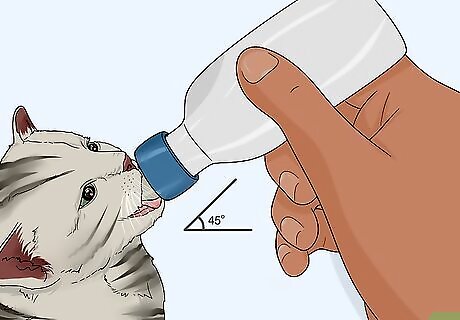
Hold the bottle at a 45-degree angle while feeding the kitten. Keep the kitten on its stomach while you’re feeding it, or else the formula can enter its lungs. Place the end of the nipple against the kitten’s mouth to encourage it to start drinking. Keep the bottle tilted up to reduce the amount of air the kitten swallows so it doesn’t get too much gas. Keep feeding the kitten until you see bubbles forming around its mouth. If the kitten has trouble drinking from the bottle, try cutting a larger hole in the nipple with a pair of scissors or using a syringe instead. Put your finger in the kitten’s mouth if it doesn’t open up for the bottle.
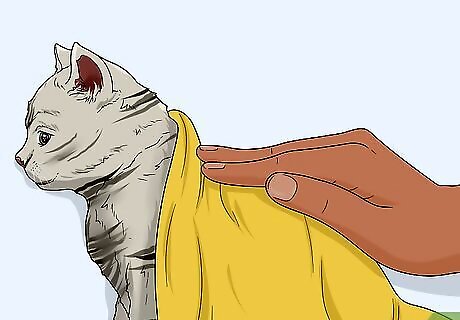
Massage the kitten’s back to burp it. Put a towel underneath the kitten and slowly rub up and down its back. Apply light pressure as you massage the kitten so it can cough up any excess formula it swallowed. Once the kitten spits up on the towel, you can stop massaging its back. Try patting the kitten’s back if massaging it doesn’t work.
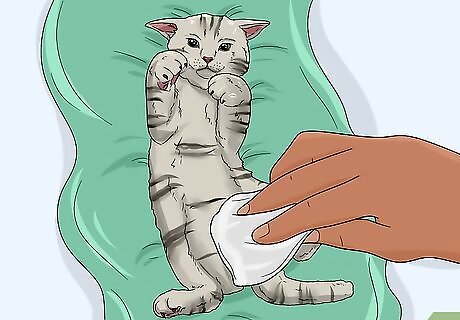
Stimulate the kitten’s genital area so it eliminates after feeding. Hold the kitten above a litter box or piece of paper towel and gently rub its genital area with a baby wipe. Apply light pressure until the kitten urinates or eliminates the litter. Make sure the kitten goes to the bathroom, or else it could develop constipation, which could harm the kitten. Kittens can’t eliminate on their own, so be sure to stimulate them after each feeding to avoid any complications. If the kitten has loose or runny stool for 24 hours, take the kitten to a vet since there may be an underlying condition causing it.











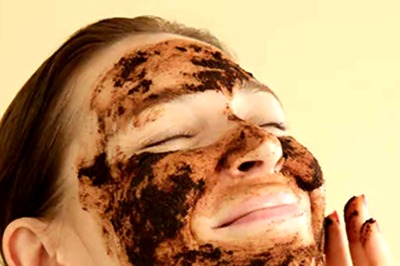



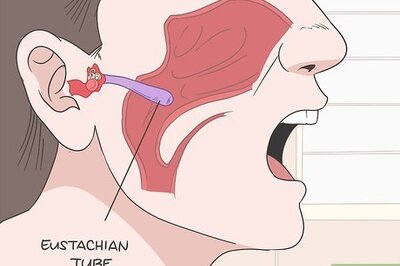
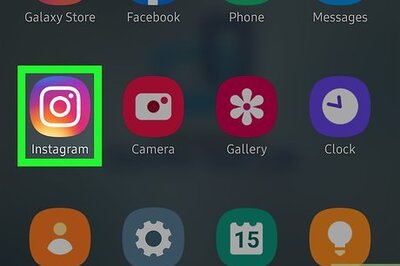

Comments
0 comment